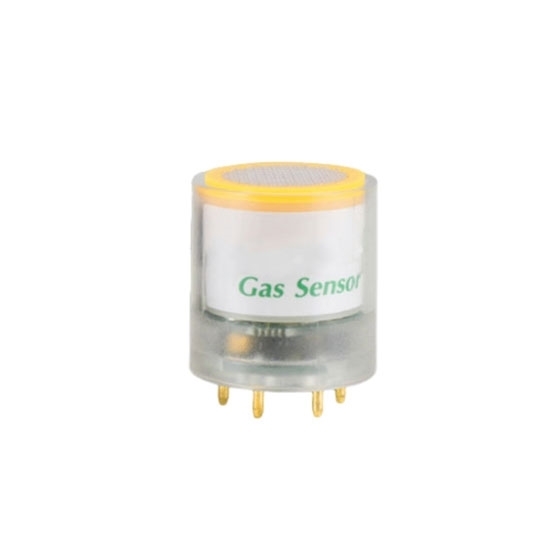
- Stock: In Stock
- Model: RDDLZ-GS-NH3
- Weight: 1.00
- SKU: RDDLZ-GS-NH3
Available Options
The high quality NH3 gas sensor is designed for accurate detection in the 0-100ppm range. The gas sensor operates at 5V ± 0.5V DC and consumes as little as ≤1W, making it ideal for domestic and industrial gas detection. It operates efficiently over a wide temperature range of -20°C to 50°C and relative humidity of 15% to 95% without condensation. Utilizing natural diffusion and an electrochemical tri-electrode, it has a resolution of 1 ppm and an error of ≤±3%. Communication is via the UART interface at a baud rate of 9600 in accordance with the Modbus-RTU protocol and features a 0-2V analog output. The gas sensor is lightweight (10 grams) and requires only 30 seconds to warm up, ensuring reliable and efficient detection of ammonia.
Specification
| Model | RDDLZ-K-5S-NH3-100 |
| Detecting Gas | Ammonia (NH3) |
| Detecting Range | 0-100ppm |
| Working Voltage | DC 5V±0.5V |
| Power Consumption | ≤1W |
| Working Temperature | -20℃~50℃ |
| Humidity | 15%~95%RH (no condensation) |
| Working Pressure | 86~106Kpa |
| Adoption Method | Natural diffusion |
| Detection Unit | ppm |
| Resolution | 1ppm |
| Technical Principle | Electrochemical three electrodes |
| Tolerance | ≤±3% |
| Repeatability | ≤±1% |
| Response Time | ≤90s |
| Communication Format | UART baud rate 9600, data bit: 8; stop bit: 1; check bit: none |
| Communication Protocol | Modbus-RTU communication protocol |
| Analog Output | TTL |
| Warm-up Time | 30s (user adjustable) |
| Lifetime | 2 years |
| Weight | 10g |
Module Features
- NH3 gas sensor can be operated with electric hotplugging and unplugging.
- Factory calibrated accurately, no need to re-calibrate for use.
- Simultaneous digital (UART) and analog outputs for ease of use.
- Standard MODBUS communication protocol.
- Compatible with infrared, electrochemical, catalytic, semiconductor and other sensors.
Structure
Note: Tolerance range ±0.25mm
Working Principle
Application
Tips: How to maintain the ammonia (NH3) gas sensor?
- Turn Off the Power: For safety, always turn off the power before starting maintenance.
- Periodic Calibration: Calibrate the sensor periodically to maintain accuracy. Follow the manufacturer's instructions for calibration procedures.
- Clean Environment: Keep the sensor free of dust and contaminants. Use a soft brush or compressed air to clean the sensor surface.
- Check Connections: Check electrical connections for any signs of wear or corrosion. Make sure all connections are secure.
- Avoid Moisture: Ensure that the sensor is not exposed to excessive moisture during maintenance to prevent damage.
- Replacement Parts: Use only genuine replacement parts recommended by the manufacturer to ensure compatibility and reliability.
- Documentation: Keep a log of maintenance activities, including calibration dates and any repairs performed.
Following these steps will help ensure the longevity and accuracy of your NH3 gas sensor.
